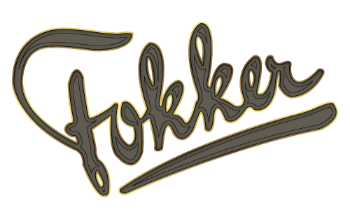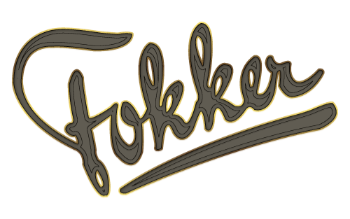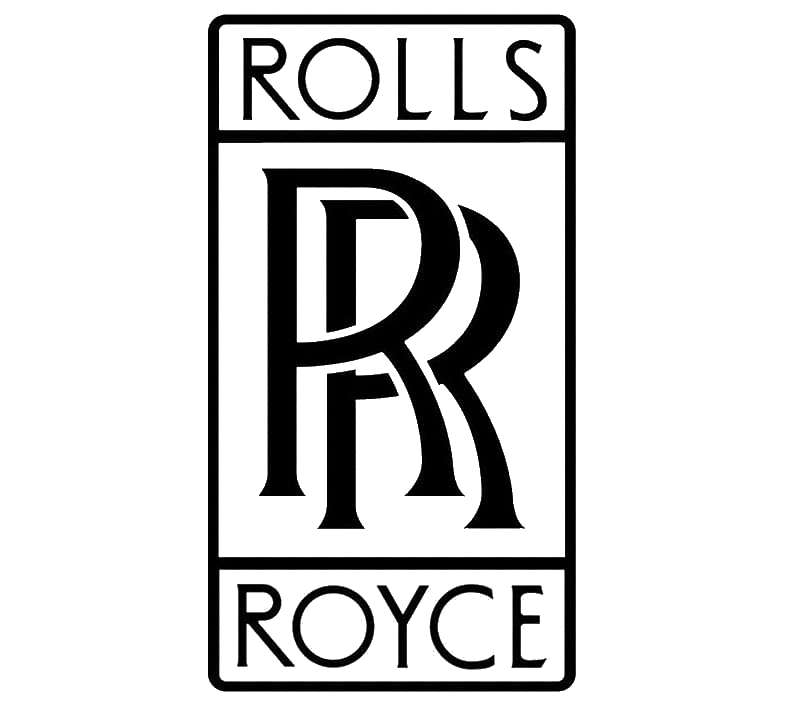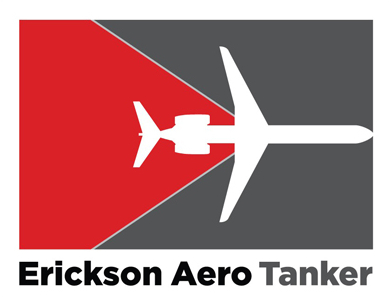Fokker
Fokker D.XXI-2 Fighter
 |
|
| Role | Fighter |
|---|---|
| National origin | Netherlands |
| Manufacturer | Fokker |
| Designer | Erich Schatzki |
| First flight | 27 March 1936 |
| Retired | 1948 |
| Status | Retired |
| Primary users | Finnish Air Force |
| Number built | 148 |
.
History Fokker
Fokker D.XXI-2 Fighter
First flight 27 March 1936
Retired 1948

The Fokker D.XXI fighter was designed in 1935 by Dutch aircraft manufacturer Fokker in response to requirements laid out by the Royal Netherlands East Indies Army Air Force (Militaire Luchtvaart van het Koninklijk Nederlands-Indisch Leger, ML-KNIL). The D.XXI was designed as an inexpensive, rugged, and compact fighter aircraft that would possess respectable performance for its era. Entering operational use in the early years of the Second World War, it provided yeoman service for both the Luchtvaartafdeling (Dutch Army Aviation Group) and the Finnish Air Force. Additionally, a few examples were constructed by the El Carmolí factory before it fell into rebel hands during the Spanish Civil War. Following the invasion and occupation of the Netherlands in May 1940, several captured Dutch D.XXIs were subsequently placed into service with the Luftwaffe.
Design

The Fokker D.XXI was a low-wing monoplane fighter aircraft. Following standard Fokker design practice of the period, it featured a welded steel tube fuselage that was largely covered by fabric, including the flight control surfaces; element forward of the trailing edges of the wings were covered by detachable aluminum panels instead. The wings were of a wooden construction, being composed of two box spars attached to ribs made of plywood. The aircraft was outfitted with a fixed spatted undercarriage with cantilever legs; braking was provided by independently-operated pedals using compressed air.
Operators
[ ]

- Hærens Flyvertropper (Danish Army Aviation Troops) – Received three aircraft and built ten on license. Locally designated as "IIIJ" ("third fighter aircraft").
- Jydske Flyverafdeling – two. Eskadrille
- Finnish Air Force – Received seven aircraft and built 90 on license.
- Luftwaffe – Operated an unknown number of captured Dutch aircraft.
- Dutch Army Aviation Group – Received 36 aircraft.
0
KmCeiling
0
KmCombat RANGE
0
Km/hAircraft Speed
0
Max Crew
Photo Gallery
Royal Dutch Aircraft Factory Fokker
Fokker D.XXI-2 Fighter WW2
First flight 27 March 1936
Retired 1948


Fokker Aerospace
Fokker D.XXI-2 Fighter WW2
First flight 27 March 1936
Retired 1948
General Info
-
-
- Crew: one
- Length: 8.2 m (26 ft 11 in)
- Wingspan: 11 m (36 ft 1 in)
- Height: 2.92 m (9 ft 7 in)
- Wing area: 16.2 m2 (174 sq ft)
-
Powerplant
-
-
- Empty weight: 1,594 kg
- Gross weight: 1,970 kg (4,343 lb)
- Powerplant: 1 × Bristol Mercury VIII 9-cyl. air-cooled radial piston engine, 620 kW (830 hp)
-
Performance
- Maximum speed: 460 km/h
- Cruise speed: 429 km/h (267 mph, 232 kn)
- Never exceed speed: 700 km/h (430 mph, 380 kn)
- Range: 930 km (580 mi, 500 nmi)
- Service ceiling: 11,350 m (37,240 ft) service ceiling
Links to Youtube & Others
During 1937, the Dutch government gave funding and its approval for a limited expansion of the Army Aviation Group, which resulted in an order being placed for 36 Fokker D.XXI fighters, to be powered by the 830 h.p. Bristol Mercury VII or VIII engines
Fokker
Fokker D.XXI-2 Fighter
The Fokker D.XXI was a low-wing monoplane fighter aircraft. Following standard Fokker design practice of the period,
Youtube Link
The Fokker D.XXI was first used in combat by the Finnish Air Force during the 1939–1940 Winter War between the Soviet Union and Finland.













.svg.png)